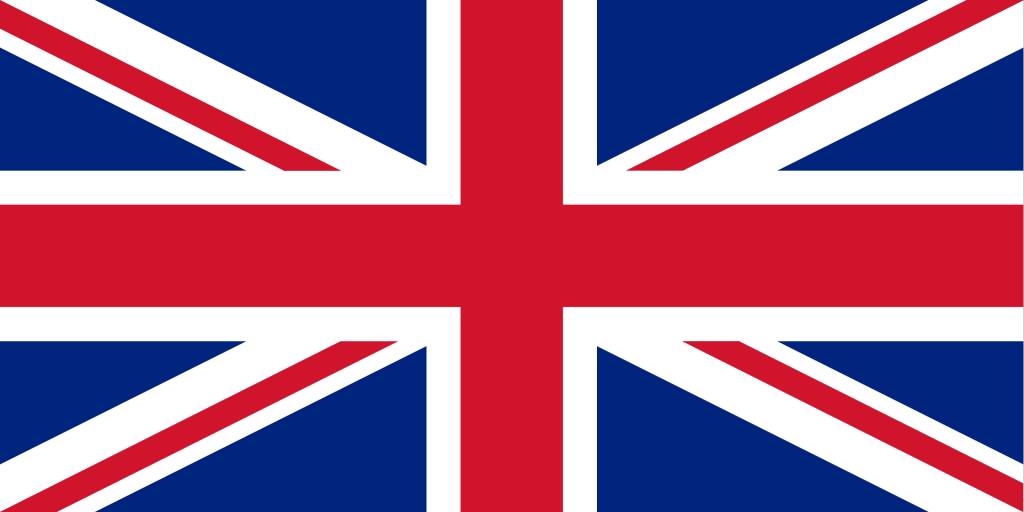Coronavirus: Government’s JobKeeper Payment
A major part of the Government’s response to the Coronavirus (or ‘COVID-19’) pandemic is the ‘JobKeeper Payment’ Scheme.
The JobKeeper Payment is a wage subsidy that will be paid through the tax system (i.e., it will be administered by the ATO) to eligible businesses impacted by COVID-19.
Under the scheme, eligible businesses will receive a payment of $1,500 per fortnight per eligible employee and/or for one eligible business participant (i.e., an eligible sole trader, partner, company director or shareholder, or trust beneficiary).
The subsidy will be paid for a maximum period of six months (i.e., from 30 March 2020 up until 27 September 2020). It will be paid to eligible businesses monthly in arrears, with the first payments to employers commencing from the first week of May 2020.
The JobKeeper Payment will ensure that eligible employees (and, where applicable, eligible business participants) receive a gross payment (i.e., before tax) of at least $1,500 per fortnight for the duration of the scheme.
An employer will only be eligible to receive a JobKeeper Payment in respect of an ‘eligible employee’ if, at the time of applying:
- for employers with an aggregated annual turnover of $1 billion or less – the employer estimates that their projected GST turnover has fallen (or is likely to fall) by 30% or more; or
- for employers with an aggregated annual turnover of more than $1 billion – the employer estimates that their projected GST turnover has fallen (or is likely to fall) by 50% or more; and
- the employer is not specifically excluded from the scheme (e.g., one that is subject to the Major Bank Levy, one that is in liquidation, etc.).
For an employer that is registered as a charity with the Australian Charities and Not-for-Profits Commission (excluding universities and non-government schools registered as charities, which are subject to the 30% or 50% decline in turnover tests, as outlined above), a 15% decline in turnover test applies.
Importantly, eligible employers must actually elect to participate in the JobKeeper Scheme via an application to the ATO. In making such an application, an employer will also need to:
- Provide information to the ATO on all eligible employees (i.e., confirming the eligible employees were engaged as at 1 March 2020 and are currently employed by the business, including those who have been stood-down or re-hired). Treasury has indicated that, for most businesses, the ATO will use Single Touch Payroll (‘STP’) to pre-populate these details.
- Continue to provide information to the ATO on a monthly basis, including the number of eligible employees employed by the business and details of its turnover.
The ATO has available on its website an online form which can be used by employers to register their interest in the JobKeeper Payment Scheme.
Editor: Please contact our office If you have any queries in relation to the JobKeeper Scheme.
Shortcut method to claim deductions if working from home
As the situation around COVID-19 continues to develop, the ATO understands many employees are now working from home. To make it easier when claiming a deduction for additional running costs you incur as a result of working from home, special arrangements have been announced.
A simplified method has been introduced that allows you to claim a rate of 80 cents per hour for all your running expenses, rather than having to calculate the additional amount you incurred for specific running expenses.
This simplified method will be available to use from 1 March 2020 until 30 June 2020. You may still use one of the existing methods to calculate your running expenses if you would prefer to.
You can claim a deduction of 80 cents for each hour you work from home due to COVID-19 as long as you are:
- Working from home to fulfil your employment duties and not just carrying out minimal tasks such as occasionally checking emails or taking calls; and
- Incurring additional deductible running expenses as a result of working from home.
You do not have to have a separate or dedicated area of your home set aside for working, such as a private study.
Editor: Please contact our office if you need more information about this deduction.
SMSFs may be able to offer rental relief to related party tenants
As a result of the financial effects of the COVID-19 pandemic, some self-managed superannuation funds (‘SMSFs’) which own real property may want to give a tenant – who is a related party – a reduction in rent because the related party tenant has had a collapse in revenue.
Charging a related party a price that is less than market value is usually a contravention of the strict legislative rules SMSFs and their trustees are required to follow.
The ATO has recently advised that its approach for the 2019–20 and 2020–21 financial years is that it will not take action if an SMSF gives a tenant – even one who is also a related party – a temporary rent reduction, waiver or deferral because of the financial effects of COVID-19 during this period.
If there are temporary changes to the terms of the lease agreement in response to COVID-19, it is important that the parties to the agreement document the changes and the reasons for the change. You can do this with a minute or a renewed lease agreement or other contemporaneous document.
Editor: Please contact our office if you have an SMSF that could be impacted by a lease with a tenant, where the tenant cannot afford to pay some or all of its rent because of the economic consequences of COVID-19.
ATO reminder about salary packaged super
The ATO has provided employers with a recent reminder that, from 1 January 2020, there has been a legislative change to ensure that when an employee sacrifices pre-tax salary in return for an additional concessional contribution into superannuation, it will not result in a reduction in the 9.5% Superannuation Guarantee (‘SG’) obligation their employer has even though doing so reduced their Ordinary Time Earnings.
The ATO has provided information for employers, payroll software providers and intermediaries who may need to change the way they calculate SG.
The ATO advises that, from 1 January 2020, you calculate the minimum amount of SG on the employee’s ‘OTE base’. This is the sum of the employee’s OTE and any OTE amounts they sacrifice in return for super contributions.
Additionally, super contributions to an employee’s fund under an effective salary sacrifice arrangement no longer count towards an employer’ super guarantee obligations.
Editor: If your business allows for salary sacrifice arrangements, feel free to contact our office to ensure that you are calculating SG correctly.





